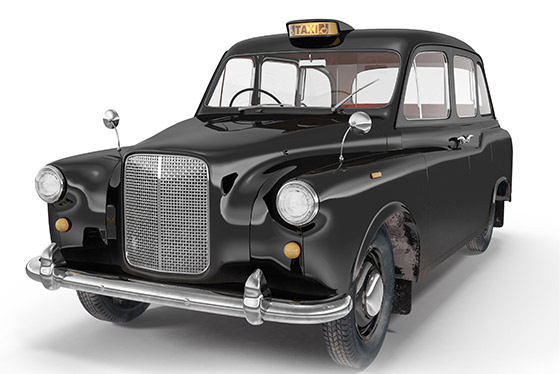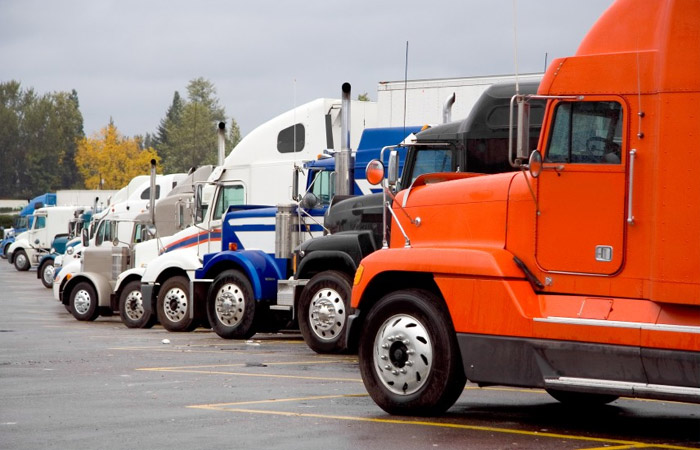How can you secure your truck online with third party insurance for four-wheeler?
Commercial Vehicle Insurance is a form of auto insurance policy that protects a commercial vehicle and its owner-driver in the event of damage or loss. It is a specialised motor insurance policy that covers losses and damages in the event of natural disasters, collisions, accidents, and fires, among other things. For their motor vehicles, such as pick-up vans, trucks, cabs, school buses, auto-rickshaws, tractors, commercial vans, and so on, all enterprises must acquire commercial vehicle insurance coverage.
Commercial vehicles are heavy-duty vehicles that are used on a daily basis to carry out duties and are an important mode of transportation. Trucks, vans, trailers, taxis, coaches, buses, carriers, shovels, mobile rigs, bulldozers, tractors, cranes, and other vehicles are commonly employed to move commodities within cities and across states. They’re also employed for passenger tours for transit between cities.
For many businesses, these heavy-duty commercial vehicles play a vital role in bulk transportation. However, such heavy-duty commercial trucks are always vulnerable to traffic accidents, unforeseeable damages while driving, and natural disasters.
As a result, commercial truck insurance is necessary to protect these wheels in the event of an accident. Tractor insurance, goods-carrying truck insurance, business insurance for pick-up vans, and so on.
Various sorts of parties engaged in Truck insurance.
It’s not enough to look at certain key components of the policy, such as the cost and coverage, when buying vehicle insurance; you also need to know what phrases like first-party car insurance and third-party car insurance mean. This understanding can then assist you in comprehending the policy paper and making an informed decision.
Most first-time customers of online vehicle insurance are confused by the many terminologies used in the policy documentation. These terms are extremely important to grasp because they are frequently used in the insurance industry. This knowledge will come in handy not only during the purchase, but also during the auto insurance online renewal process and while filing a damage claim.
1. First-Party Insurance
The owner of the automobile or the person in whose name the policy is registered is the first party under a car insurance policy. This first party is responsible for paying their automobile insurance premiums to their insurance company and is eligible to receive benefits under the policy.
2. The Second party
The second party is your automobile insurance carrier, which protects and pays you for any losses or damages to your vehicle. The first party has signed the insurance policy contract with the insurance provider. As a result, if an accident occurs, the second party is entitled to repay the first party’s claims, providing the first party has made regular premium payments.
3. Third-Party Truck Insurance
A third party is a person or a vehicle owner who has been harmed in any manner by the conduct of the first party’s insured vehicle. For example, if the first party’s car causes damage or injuries to the third party’s vehicle or owner, the second party pays the third party’s insurance benefit.
Four Wheeler Third-party insurance is the very minimum level of protection required by law. It can cover the expense of causing damage to another person’s car, as well as any compensation fees resulting from injuries to others.
When purchasing truck insurance, keep in mind that first-party and third-party coverage are the only options available. Subject to the legitimacy of the occurrence and the information on the papers, the second party has the right to settle the claims.
Commercial truck insurance price costs around 9510 rupees for private goods carrying cars and 17647 rupees for public goods carrying vehicles with GVW ranging from 0 to 7500 kgs. The cost of insurance for heavier vehicles and other types of commercial vehicles, such as passenger-carrying and miscellaneous vehicles, is determined by a variety of criteria, including the type of vehicle used, its production year, carrying capacity, and so on.
The most basic coverage available for your commercial vehicle is commercial third-party insurance online for four-wheelers. Additional benefits and coverage, such as theft or fire, cannot be added. You can, however, get the same coverage with a complete commercial vehicle insurance policy.
How can I purchase commercial truck insurance via internet?
Purchasing commercial truck insurance online is a simple process. To purchase a truck insurance policy, follow the steps outlined below:
- Enter information about your truck, such as the type of carrier, registration information, vehicle information, and vehicle weight
- Commercial truck insurance prices for plans offered by various insurers will be displayed
- Select the plan you want to purchase
- Select the add-on covers you want (if any) Pay for the vehicle insurance package you want online with net banking or debit/credit cards.
- A truck insurance policy will be issued after you upload the required documentation.
How Do I Buy Third-Party Insurance Online For Four Wheeler?
The steps below will show you how to buy third-party auto insurance online:
- Step 1: Go to IIFLInsurance’s website.
- Step 2: Enter your vehicle registration number in the ‘Get Your Quote’ area. If you don’t have it, you can still offer the model, make, and registration year of your vehicle.
- Step 3: Fill in your personal information, such as your name and phone number. On your screen, you’ll see all of the quotes in your category.
- Step 4: Choose the insurance that best fits your needs and budget.
- Step 5: Pay for the coverage you want, and the policy copy will be sent to your email address.
How Do I Make a Third-Party Insurance Claim?
- Step 1: Fill out an application. The victim or the legal heirs of the deceased might file a claim for third-party liability compensation against the vehicle’s owner.
- Step 2: File a First Information Report (FIR)
- Step 3: File a claim with the Motor Accidents Claims Tribunal.
- Step 4: Calculate the Coverage Amount.





























